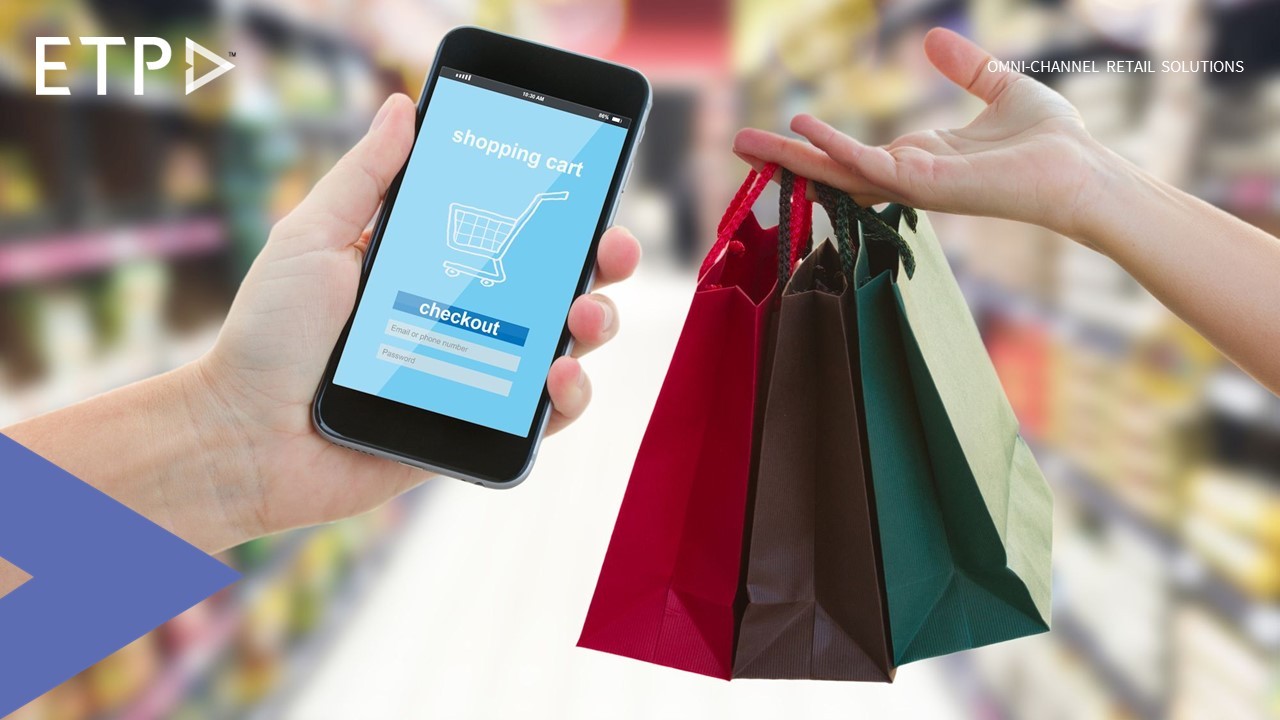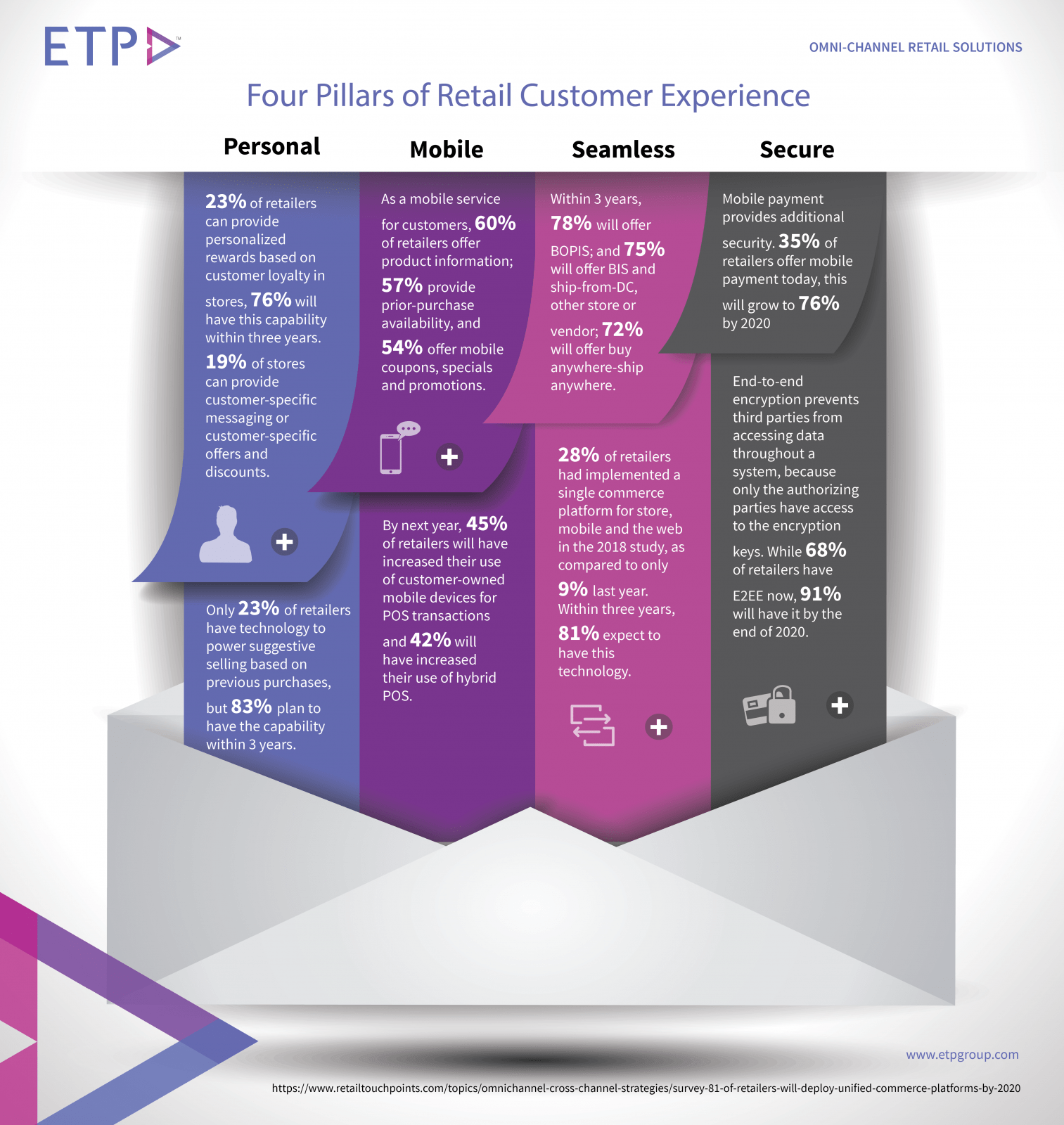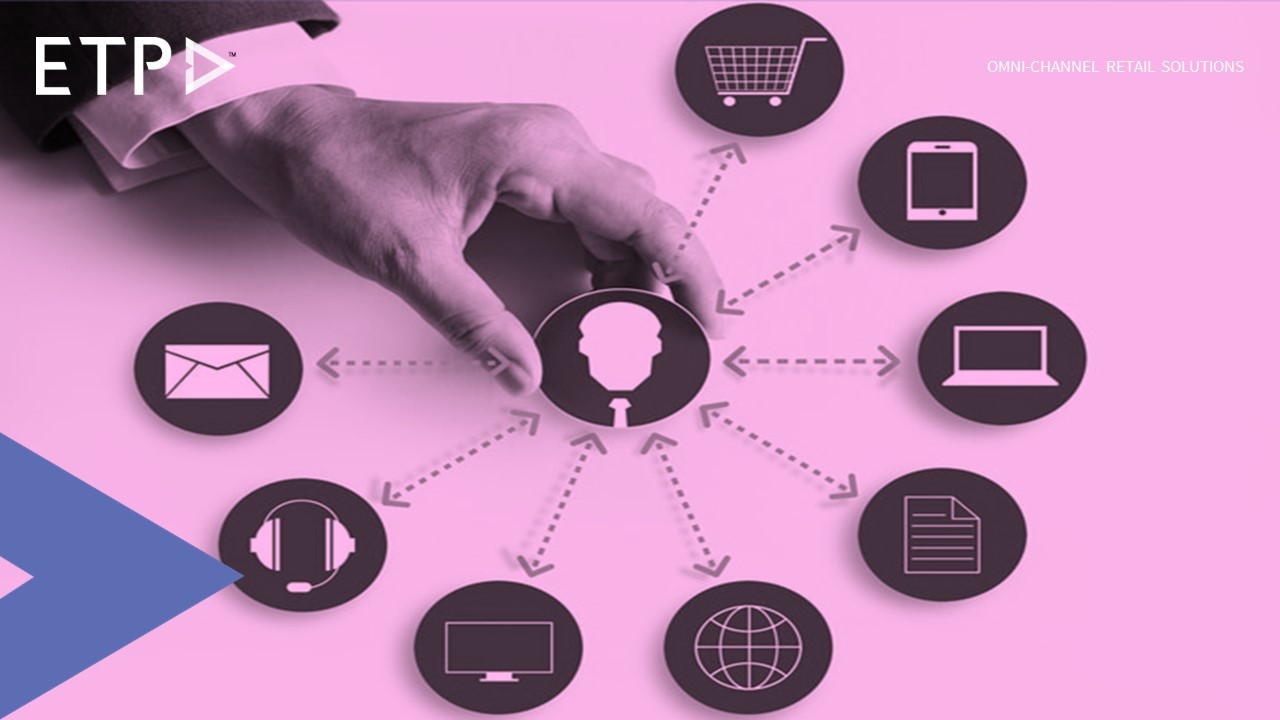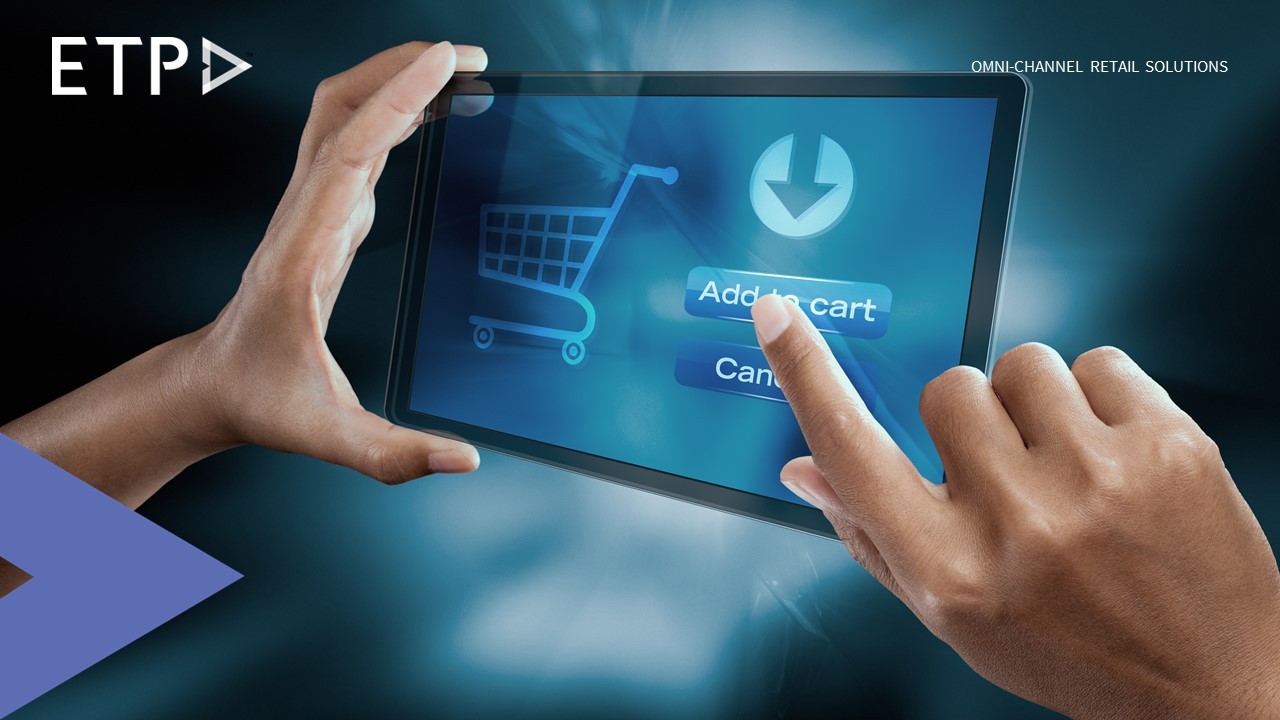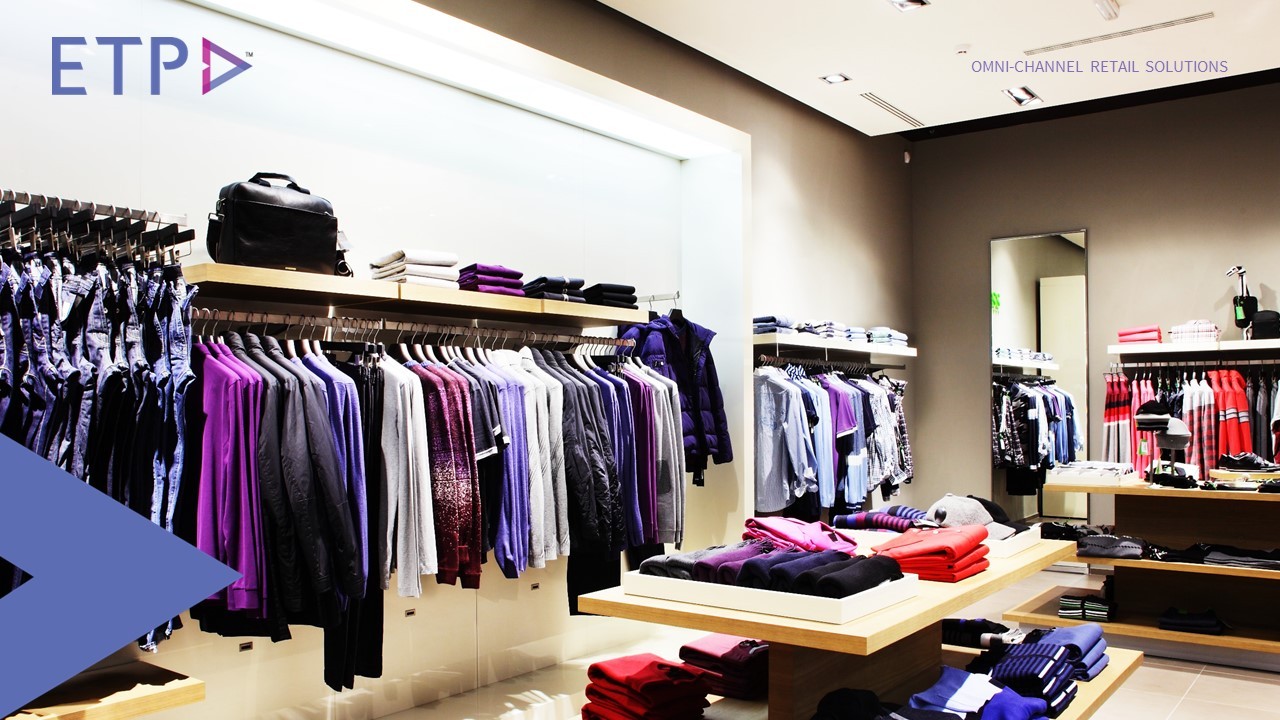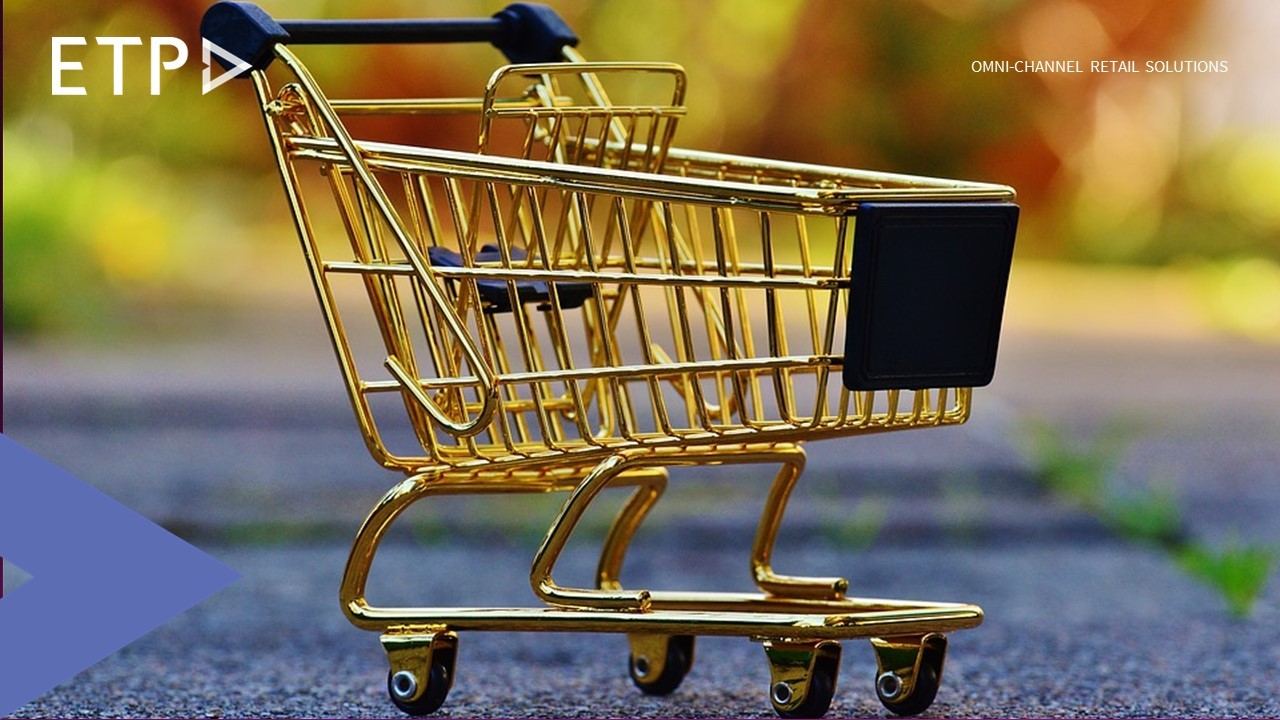
Picture this – a young, tech-savvy and discerning shopper wants to buy a mobile phone. She researches on the internet for the latest and best phones in the market. Overwhelmed with options during her research, she realizes and determines her needs and the configuration that will best suit them and then refines her search for the phone. She picks a few options of phones of different brands and variants. While on the way back from the office the next day, she drops by a mobile store and checks out the phones she had picked up earlier and a few others as well that interest her while at the store With all the information at her disposal, she zeros down on the phone she wants to buy but decides to wait. Her desire to buy the phone fizzles down however she comes across advertisements of offers going on for the phones she had considered earlier and this spikes her interest again. The next day she selects the best offer and places an order for the mobile phone through her own hand-held device and chooses to collect it from a near buy store within 24 hours of ordering, get her used devise exchanged and make the payment at the store. While she goes to pick up and pay at the store she stumbles upon a set of headphones that she likes instantly and decides to bundle that with her phone purchase, hands over her used phone, makes the payment and walks out with the new product.
The above mentioned is one of the many scenarios of the complicated shopping process that involve different permutations and combinations of the various stages of the shopping journey intermingled with the various retail channels customers can use to interact and shop. Moreover, there is a whole set of operations and systems that need to be running at the back-end to support such complex, dynamic and comprehensive shopping processes. One of the biggest challenges for retailers’ of today, in the age where ‘customer is king’, lies in tying these channels, systems and operations together, in a way that the entire retail shopping process becomes friction-less and retail brands are able to deliver a seamless experience to their customers. To counter this challenge there is one sure shot solution and that is ‘omni-channel’.
Omni-channel essentially necessitates that the different channels not only be connected but also integrated. In order to accomplish this, various systems and operations must therefore be integrated in a manner that enables the systems and processes and the channels to work as a cohesive unit. Further, the data and information flow across the various processes must be streamlined in a way that there is one single version of the truth and a uniform representation of the brand across all the channels. In other words, accurate and real-time inventory and customer information must be accessible and available across the business operations and processes, and channels. Having said that, it also must be easy to manage all these systems, operations and information centrally for better control and risk mitigation. When all this is achieved, it will lead to unified commerce where the customers can enjoy seamless experiences due to frictionless operations and processes.
Therefore it is necessary for retail brands who are looking to not only strike the right chord with their customers and improve their operations but also planning to scale up their operations or add more products/channels or even expand in other geographies, to select an omni-channel retail software partner who has the domain expertise and is trusted by market leaders.

